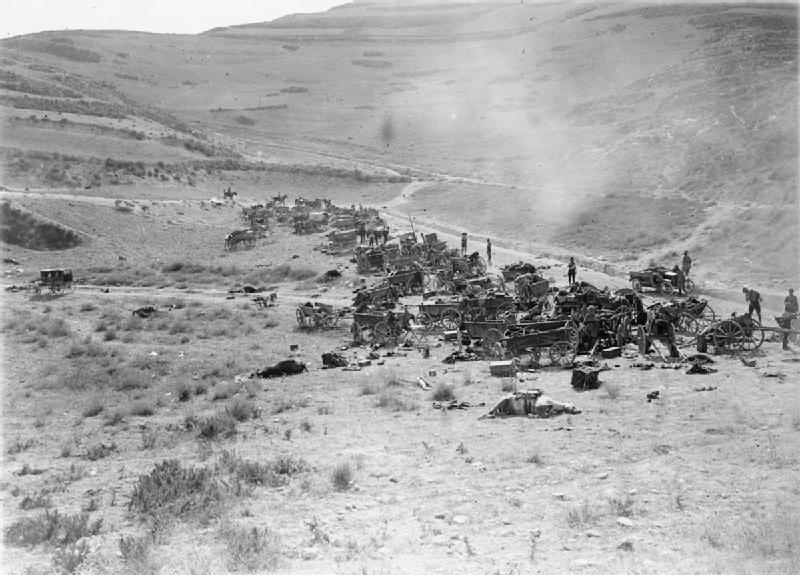The shortest war in recorded history was fought in 1896, and it lasted for all of thirty eight minutes. For such a brief affair, there was plenty of carnage – even if the losses were decidedly lopsided. By contrast, the longest war in history lasted for more than three centuries, but nobody was killed in that conflict. Following are thirty things about those and other fascinating but lesser-known warfare facts.

30. The Forgotten and Brief Anglo-Zanzibar War
In the nineteenth century, the Sultanate of Zanzibar in what is now Tanzania consisted of the islands of Zanzibar off the East African coast, and the mainland across the water from them. In 1890, the British and Germans divided Zanzibar amongst themselves: Germany got the mainland, while the British got the islands. That same year, the sultan of Zanzibar accepted a British protectorate, whose terms included the requirement that his successors had to be preapproved by the British. When the Sultan died in 1893, the British used that provision to install a puppet replacement, Hamad bin Thawani. He ruled for three years, then shortly before noon on August 25th, 1896, he died suddenly. It was suspected that his 29-year-old nephew Khalid bin Bargash had poisoned him.
Whatever his culpability, Khalid immediately moved into the palace in Zanzibar Town, and without British approval, as required by the terms of the protectorate treaty, he declared himself sultan. The British preferred a more pliant successor, Hamoud bin Muhammad. So they rushed three cruisers, two gunboats, 150 marines and 900 African soldiers to Zanzibar Town, and gave Khalid an ultimatum to vacate the palace by 9 AM, August 27th, or else. He refused, gathered a force of about 2800 men, and barricaded himself in the palace. When the ultimatum expired on the 27th, the British ships were ordered to open fire, and they commenced a bombardment at 9:02 AM.

